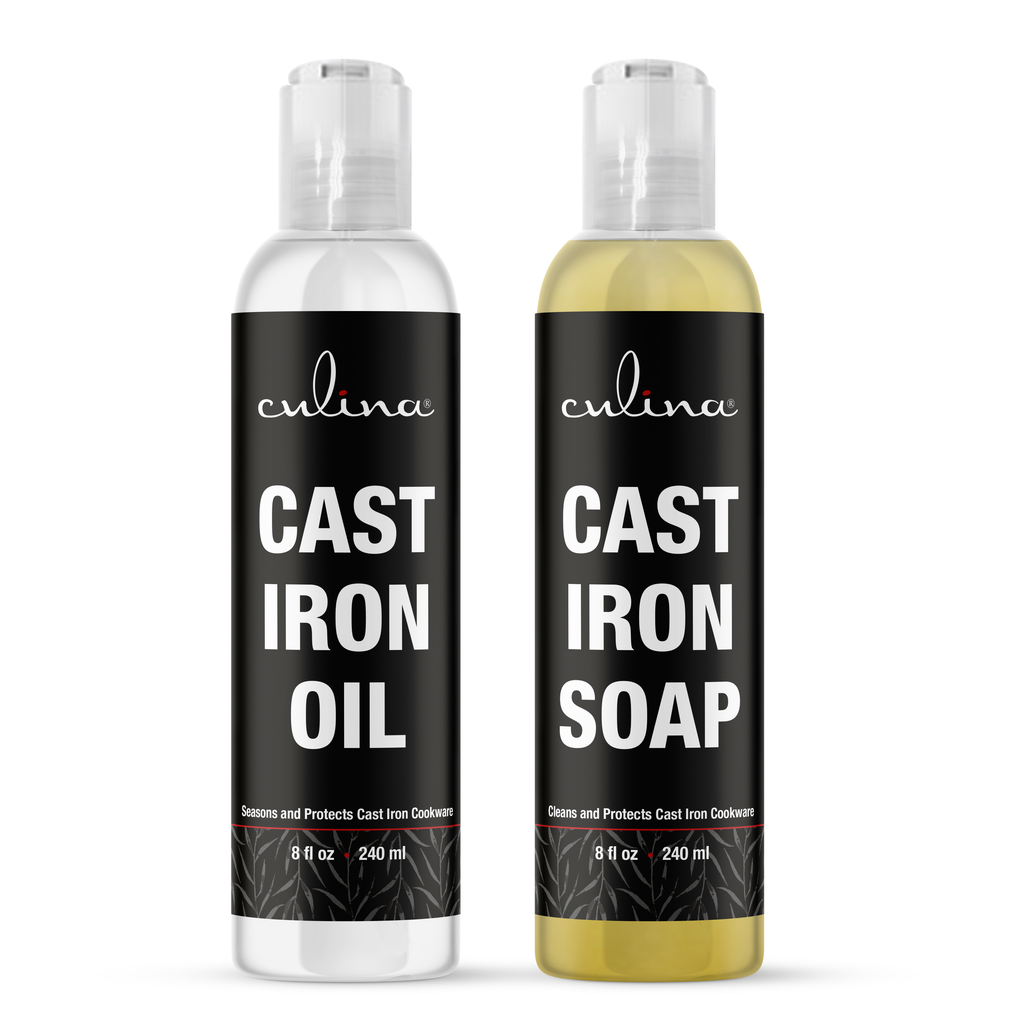Why is Soybean Oil Bad for You? Understanding the Risks
As a beautician, you are likely aware that the products you choose to use can greatly affect your clients' overall health. One commonly circulated oil in many beauty and cooking industries is soybean oil. With the rising conversations around health and wellness, it becomes critical to answer the question: why is soybean oil bad for you? This article aims to peel back the layers surrounding soybean oil, exploring its effects on the body and the potential risks associated with its usage.
The popularity of soybean oil stems from its affordability and versatility as a cooking oil. However, many health experts warn of its detriments, and these concerns should resonate within the beauty community. Understanding the implications of incorporating soybean oil in beauty routines can help you guide your clients effectively toward healthier alternatives.

What is Soybean Oil?
Soybean oil is derived from the seeds of the soybean plant, and it is primarily composed of polyunsaturated fats. It's especially rich in omega-6 fatty acids, which can lead to an imbalance in your fatty acid ratios when consumed in excess. Such imbalances can contribute to inflammation, posing risks not just for overall health, but also for skin integrity.
Impact on Skin Health
For beauticians, it is essential to understand the direct impact that soybean oil can have on skin health. Regular use of products containing soybean oil may lead to clogged pores and exacerbate acne-prone skin. This is largely due to its high content of omega-6 fatty acids, which can provoke inflammation in individuals already prone to skin irritations.
Alternatives such as cottonseed oil may serve as gentler options, assuring that you're catering to your client's skin needs while minimizing adverse reactions.

Health Risks Associated with Soybean Oil
The potential health risks of consuming and using soybean oil cannot be overlooked. Here are some key points to ponder:
- Inflammation: Consuming excessive omega-6 fatty acids can lead to chronic inflammation, resulting in various health concerns.
- Heart Disease: Excessive intake has been linked to unhealthy cholesterol levels, increasing the risk of heart disease.
- Hormonal Imbalance: Soy products, including soybean oil, may contain phytoestrogens, which mimic estrogen in the body, potentially leading to hormonal disruptions.
Culinary Use and Misuse
Many restaurants opt for soybean oil due to its cost-effectiveness. However, the foods cooked in soybean oil are often not conducive to healthy eating habits. As professionals in the beauty industry, we must understand that good beauty also comes from good nutrition. Suggesting alternatives to our clientssuch as peanut oilcould help foster healthier choices all around.

Incorporating Better Alternatives
Understanding the risks associated with soybean oil allows beauticians to make more informed product selections. Rather than relying on soybean oil, consider suggesting oils rich in omega-3 fatty acids, like flaxseed oil or chia seed oil. These healthier options promote skin vitality and overall well-being.
Additionally, oils such as coconut oil and olive oil not only function as skin emollients but also support antioxidants, contributing positively to skin health. For a deep dive into cooking oils, see our exploration of healthy oil options.
FAQ Section
1. Is soybean oil safe for cooking?
While soybean oil is commonly used for cooking, excessive consumption can lead to health issues. It's important to moderate its use.
2. What are healthier alternatives to soybean oil?
Healthier oils include olive oil, coconut oil, and avocado oil, all of which could better support overall skin and body health.
3. Can soybean oil affect my skin care products?
Yes, the use of products laden with soybean oil may lead to increased breakouts or skin irritation in sensitive individuals.
Conclusion
In conclusion, while soybean oil holds a place in many kitchens, its role in beauty products requires careful consideration. Being informed about why soybean oil is bad for you equips beauticians to better curate treatments and advise clients effectively. As you navigate this landscape, consider integrating more beneficial oils for skin and health, ensuring that your practice thrives along with your clients' well-being.
For advice on maintaining cleanliness in your beauty environment, check out this guide to cleaning kitchen tiles.
As an Amazon Associate, I earn from qualifying purchases.

